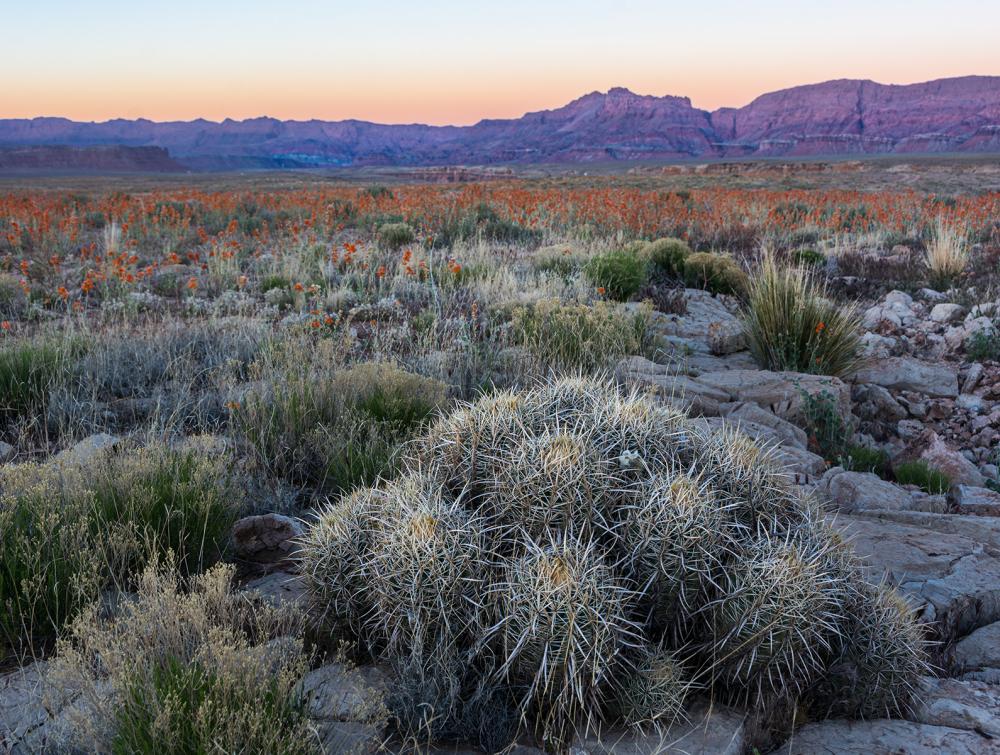Grand Canyon Tribal Coalition urges President Biden to designate Baaj Nwaavjo I’tah Kukveni Grand Canyon National Monument

Marble Canyon, AZ
Jim Dublinski
Grand Canyon Tribal Coalition proposal would protect over one million acres of the Grand Canyon region and watershed
TUCSON, Ariz. - Earlier today, the Grand Canyon Tribal Coalition announced a new proposal to protect over 1 million acres of the Grand Canyon region and watershed as Baaj Nwaavjo I’tah Kukveni Grand Canyon National Monument. Joined by Arizona’s Rep. Grijalva and Senator Sinema, the Coalition is urging President Biden to use his authority under the Antiquities Act to protect federal lands surrounding Grand Canyon National Park.
The Grand Canyon Tribal Coalition consists of leadership representatives of the Havasupai Tribe, Hopi Tribe, Hualapai Tribe, Kaibab Paiute Tribe, Las Vegas Band of Paiute Tribe, Moapa Band of Paiutes, Paiute Indian Tribe of Utah, Navajo Nation, San Juan Southern Paiute Tribe, Yavapai-Apache Nation, Pueblo of Zuni, and the Colorado River Indian Tribes.
Baaj Nwaavjo means “where Indigenous peoples roam” in Havasupai and I’tah Kukveni means “our ancestral footprints” in Hopi. "Where Indigenous peoples roam, our ancestral footprints"
Following the announcement, Mike Quigley, Arizona State Director of The Wilderness Society said “We stand with the Grand Canyon Tribal Coalition in urging President Biden to protect the greater Grand Canyon region and watershed as Baaj Nwaavjo I’tah Kukveni Grand Canyon National Monument. This Tribally developed and Congressionally supported proposal for a national monument would protect life-giving waters and ensure wildlife have ample habitat in the red sand cliffs, pine forests, deep canyons and grasslands that make up this iconic landscape.”
More information
Tribes and local communities have been advocating for the permanent protection of federal public lands near and adjoining Grand Canyon National Park that comprise an integral part of the Colorado River watershed and Grand Canyon ecosystem. The proposed monument harbors tremendous biological diversity, including numerous threatened, endangered and rare species. The area is also home to dozens of plants and invertebrates that are only found locally and regionally.
Tribal communities in the Grand Canyon region have been the most directly and intensely affected by uranium mining, which has contaminated water supplies, released toxic air pollution and destroyed lands considered sacred. Now defunct uranium mines continue to cost American taxpayers millions of dollars to clean up, while at least one existing mine threatens drinking water and wildlife habitat in the proposed monument.
Pronunciation
How to say “Baaj Nwaavjo I’tah Kukveni”
Contact
Mike Quigley, Arizona State Director, The Wilderness Society, (520) 334-8741, mike_quigley@tws.org
END
